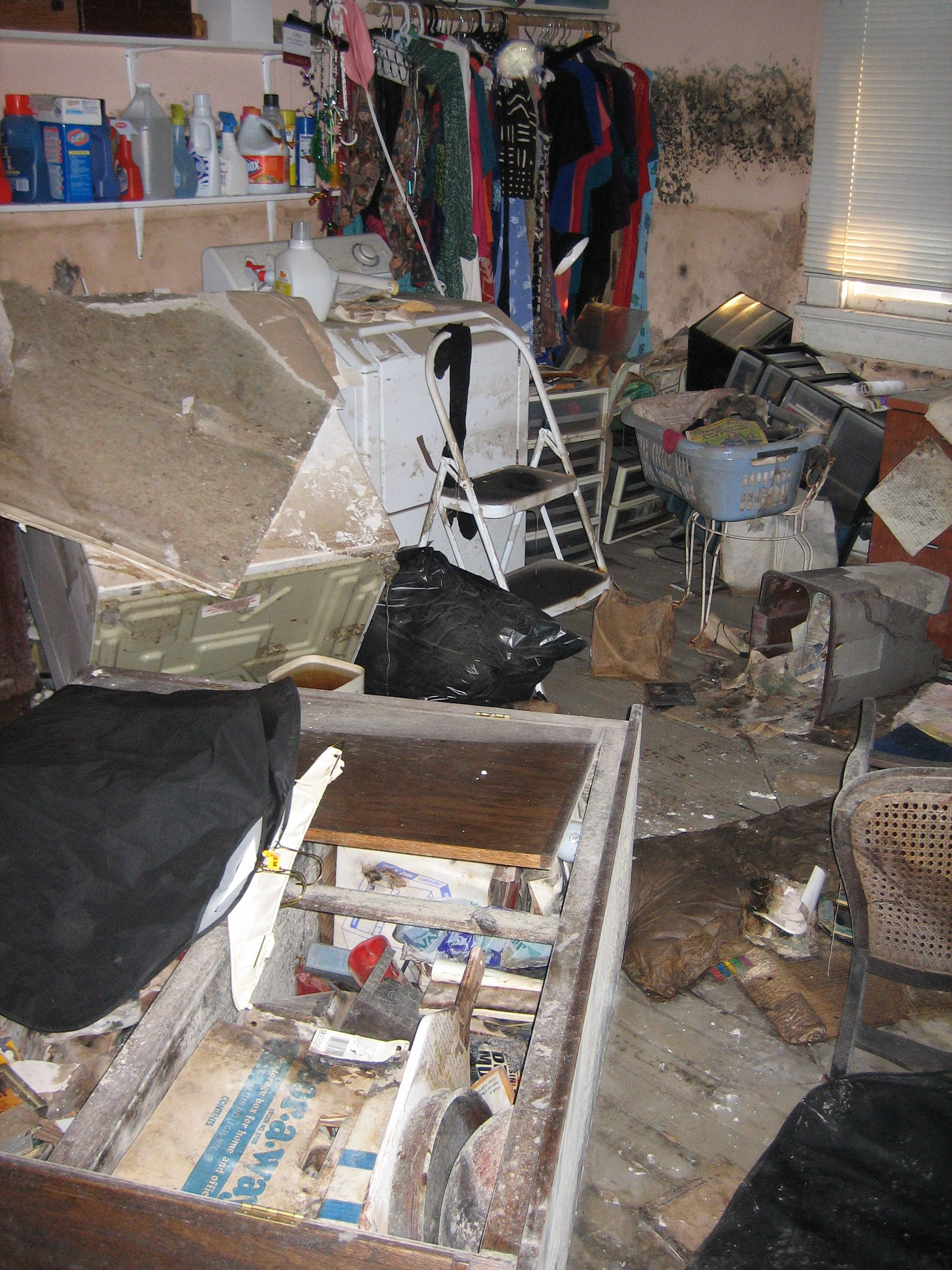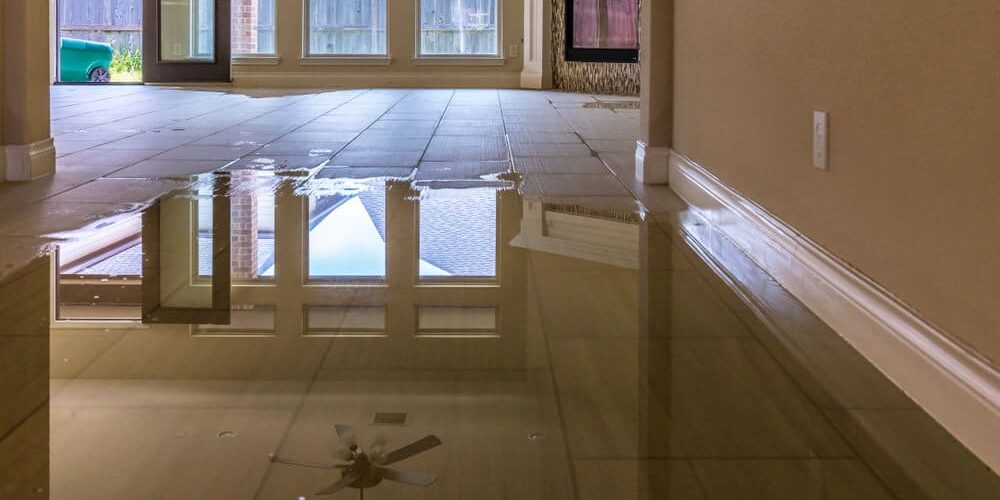Immediate Water Extraction Services to Prevent Structural Damage
The Refine of Water Damage Cleaning: Ensuring Your Home Is Recovered Efficiently
Water damages can be a challenging difficulty for property owners, requiring a organized and careful clean-up procedure to bring back security and performance. damage restoration services. Following this, efficient water removal methods play a critical function in reducing further damage.
Evaluating the Damage
Upon discovering water damages, the very first step is to thoroughly assess the extent of the influence. This first examination is critical, as it aids establish the essential steps for effective cleanup and restoration. Begin by inspecting the influenced locations, including walls, ceilings, floorings, and individual possessions, to identify the resource of the water invasion, whether from flooding, leaks, or condensation.
Recording the damages is vital for both insurance coverage claims and intending repair efforts - damage restoration services. Usage photos and written notes to record the intensity of the damage, keeping in mind any type of damaged architectural elements and products. Pay special interest to areas that might not be promptly visible, such as behind wall surfaces and under carpets, as concealed moisture can bring about further difficulties, including mold and mildew growth
In addition, examine the timeline of the water direct exposure. The longer the materials continue to be wet, the better the potential for damages. Comprehending the period of exposure will certainly inform the seriousness of removal efforts. Inevitably, an extensive analysis lays the groundwork for a successful water damages clean-up procedure, making certain that all affected areas are addressed successfully and completely.
Water Extraction Strategies

Experts generally use completely submersible pumps for bigger quantities of water, which can promptly reduce flooding in basements or other impacted areas. For smaller quantities, wet/dry vacuums are commonly made use of to remove recurring wetness from carpets and difficult surfaces. Additionally, using mobile extractors enables targeted removal in confined areas or areas with fragile materials.
In instances of contaminated water, such as sewage or floodwater, progressed removal methods might include the use of biohazard equipment to ensure safety and compliance with health laws. High-powered removal tools are essential in lessening water retention in structural materials, which can bring about mold and mildew growth and architectural damage otherwise addressed quickly.
Ultimately, the performance of water removal techniques plays a crucial function in the overall success of the water damages clean-up procedure, laying the foundation for subsequent reconstruction efforts.
Drying and Dehumidification
Once standing water has actually been effectively removed, the next crucial stage in the water damage cleaning process is drying out and dehumidification. This step is crucial to stop further damages and mold and mildew growth, which can take place within 24 to two days in wet environments.
To attain effective drying out, specialized devices such as industrial-grade air moving companies and dehumidifiers is employed. Air moving companies flow air across damp surface areas, enhancing dissipation prices, while dehumidifiers decrease moisture degrees in the air, promoting a helpful environment for drying. The mix of these devices guarantees that dampness is extracted from walls, furnishings, and floorings, enabling them to completely dry extensively.
It is important to keep an eye on the drying out procedure closely. Professionals commonly make use of moisture meters to evaluate the wetness content in numerous products, guaranteeing that all influenced locations reach acceptable dry skin levels. This precise technique assists to stop surprise moisture pockets that can bring about architectural damage or undesirable mold and mildew growth.

Cleansing and Disinfecting
After the drying out and dehumidification stage is full, the following crucial step in water damage cleanup is cleansing and disinfecting the impacted areas. This procedure is important to stop the development of mold and mildew, bacteria, and various other microorganisms that flourish in wet environments.
The cleaning phase typically entails eliminating any debris, dirt, and pollutants from surface areas utilizing specialized cleaning representatives. For difficult surfaces, a mix of soap and water or business cleaning items is often employed. Soft products, such as upholstery and carpets, might require more extensive cleansing techniques, consisting of heavy steam cleaning or deep removal methods, to guarantee comprehensive hygiene.

Disinfecting adheres to cleaning, utilizing EPA-approved disinfectants to remove dangerous bacteria. This step is necessary, particularly in locations that might have entered contact with floodwaters or sewage, as these resources can pose severe health risks.
Furthermore, it is vital to deal with any kind of remaining odors, which might require using smell neutralizers or advanced techniques like ozone therapy. Appropriate cleaning and disinfecting not just recover the security and health of your home yet also lay the groundwork for successful remediation and fixings in succeeding stages of the water damage clean-up process.
Remediation and Fixings

When the assessment is total, remediation initiatives can begin. In addition, flooring might need similar focus, depending on the level of water exposure.
It is critical to engage experienced repair professionals throughout this process, as they have the know-how to deal with intricate repair work successfully. They can help minimize potential future problems, such as mold and mildew growth or structural instability, therefore making sure a safe and helpful site habitable living setting. Ultimately, efficient repair and repair services restore the home's stability and improve its drying carpet after water damage total worth.
Conclusion
Finally, the process of water damages cleaning is critical for restoring a home to its pre-damage condition. Each phase, from examining the damages to implementing effective water extraction methods, followed by complete drying out, disinfecting, and necessary repair work, plays a necessary duty in guaranteeing safety and security and compliance with building criteria. Effective execution of these steps not just minimizes prompt damages but also improves the long-term integrity and worth of the home.
Water damages can be a complicated difficulty for house owners, requiring a precise and structured cleanup process to restore safety and security and capability. Eventually, a comprehensive analysis lays the foundation for an effective water damage cleaning procedure, ensuring that all influenced areas are attended to efficiently and thoroughly.
Efficient water extraction methods are important in reducing damage and protecting against further difficulties complying with a water breach event.In verdict, the procedure of water damage cleaning is crucial for recovering a home to its pre-damage here are the findings condition. Each phase, from analyzing the damage to carrying out effective water extraction strategies, followed by comprehensive drying out, sterilizing, and required fixings, plays an essential role in making sure safety and conformity with structure standards.